Picture this: you’re sitting around a campfire, listening to stories about the wild frontier. Someone mentions those incredible dogs that actually faced down grizzly bears to protect their families. You might think these tales are just legends, but they’re not. There are genuine canine warriors among us – dogs bred for thousands of years to stand their ground against the most dangerous predators on Earth.
These aren’t your typical house pets who chase tennis balls and nap on couches. We’re talking about massive, fearless guardians with bite forces that rival wolves, protective instincts sharper than any alarm system, and the kind of loyalty that makes them willing to face death itself for their pack. Some of these breeds have been protecting livestock from wolves and bears for centuries, while others were specifically trained to hunt these massive predators alongside humans.
The Kangal – Turkey’s Living Legend
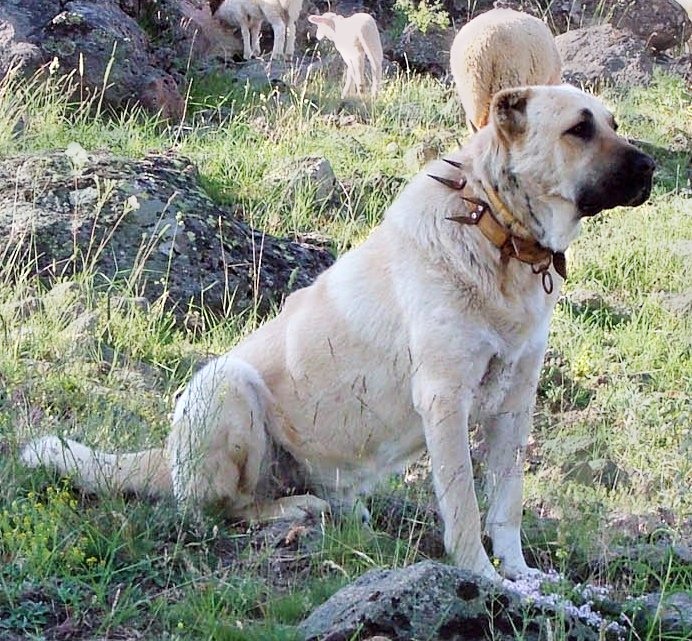
When Turkish shepherds needed something that could intimidate a pack of wolves, they bred the Kangal. This Turkish breed is known for its unmatched ability to guard livestock, often scaring off wolves with its intimidating presence and boasting incredible strength and speed. What makes them truly terrifying to predators is their approach – they don’t rush into fights like hotheaded youngsters.
Instead, they use calculated intimidation and strategic positioning. The towering Turkish Kangals have a bite force psi of 743, which is more than three times the force of an average dog. When a Kangal decides to engage, it’s game over for most threats. All of them can be 100 pounds or more and have a bite pressure of 740 pounds per square inch, compared to a wolf’s bite force between 400 psi and 1,500 psi.
Caucasian Shepherd Dog – The Russian Bear Dog

This massive breed is highly territorial and won’t back down from a fight, even against bears or wolves, and they never back down from a fight, even if that means taking on a bear or a wolf. The Caucasian Shepherd also known as the Ovchakra or Russian bear dog is a formidable dog with an immense size, weighing up to 100 kilograms for males and 80 kg for females.
What’s truly remarkable about these giants is their tactical intelligence. Caucasian shepherds attack as a team, running to the direction where danger is coming and never following wolves alone, as they are trained to not get far from the flock of sheep they were guarding. Caucasian Shepherd Dogs used to serve as guard dogs and bear hunting dogs, and for centuries dogs similar to the Caucasian mountain dogs have served shepherds in the Caucasus Mountains as livestock guardian dogs, defending sheep from predators, mainly wolves and human sheep-thieves.
Great Pyrenees – The Gentle Giant with a Steel Core
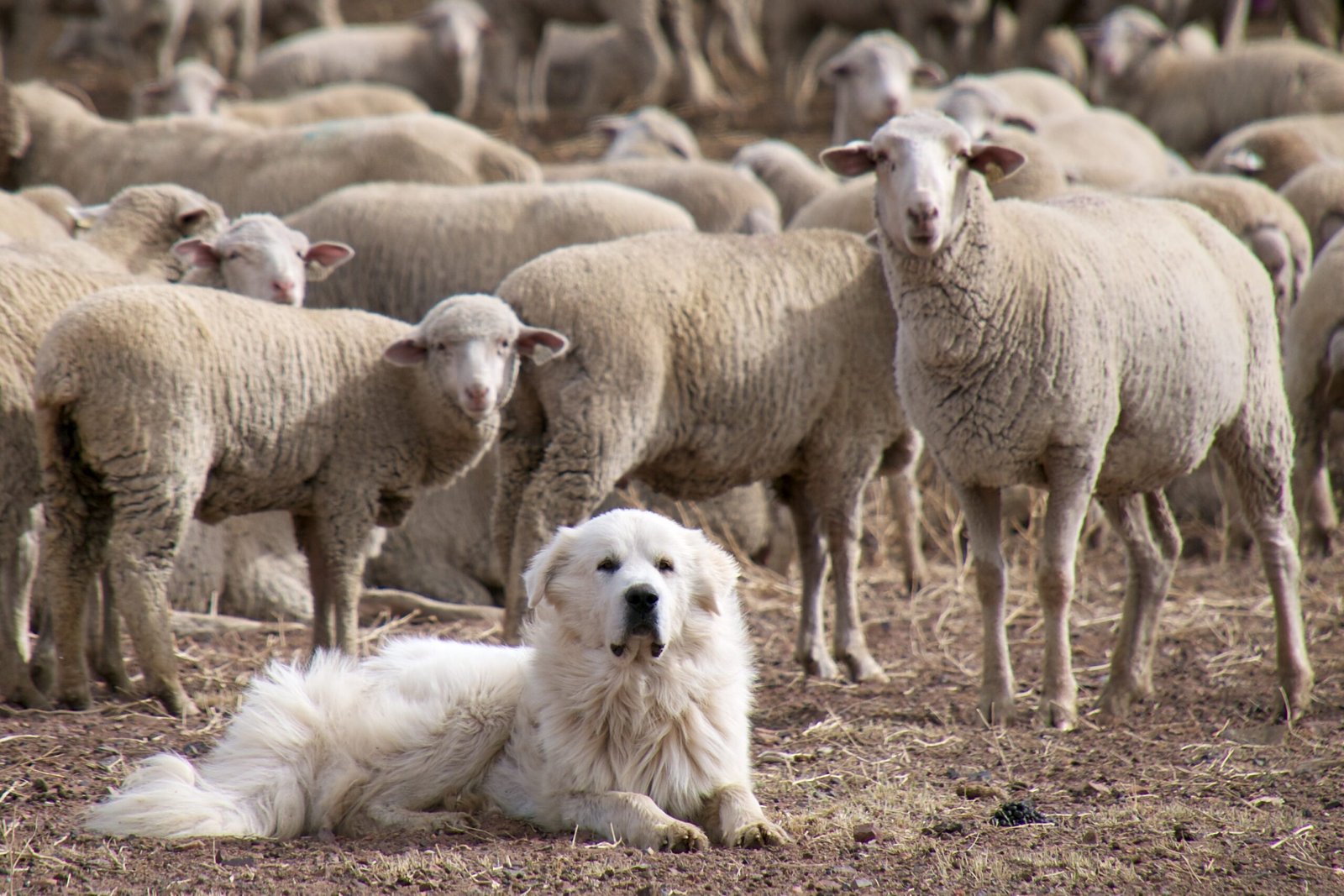
Originally bred in the Pyrenees Mountains between France and Spain, it was tasked with protecting livestock from wolves and bears, and their deep, booming bark is often enough to deter large predators without needing to engage. Don’t let their fluffy, cloud-like appearance fool you – these dogs are pure muscle underneath that beautiful coat.
The Great Pyrenees is an ancient breed with a documented history spanning several thousand years. A Great Pyrenees’ psi is 500, which is still formidable enough to make any predator think twice. They’re also incredibly patient, which makes them perfect family guardians who know the difference between a real threat and a neighbor bringing cookies.
Tibetan Mastiff – The Lion Among Dogs

Originally these dogs were used to protect Buddhist monasteries and monks of Tibet from animals such as bears, wolves and snow leopards, and the Tibetan Mastiff is a phenotypically distinct dog breed that was bred as a flock guardian in the high altitudes of the Himalayas and the Tibetan Plateaus. Tibetan Mastiff’s size is truly impressive, with males reaching up to 29 inches at the shoulder and weighing up to 150 pounds or more, while females are slightly smaller, standing 24-27 inches tall and weighing 70-120 pounds.
These dogs have that “don’t mess with me” aura that even bears respect. Through hundreds of years of selective breeding for a protective flock and family guardian, the breed has been prized for being a nocturnal sentry, keeping would-be predators and intruders at bay, and barking at unidentified sounds throughout the night. The thick double coat that makes them look like walking teddy bears actually provides serious protection against claws and teeth.
Anatolian Shepherd – The Ancient Guardian

If you’re living in remote areas where animals roam freely or worried about keeping your ranch, yard, or livestock safe, the Anatolian Shepherd is worth serious consideration as this isn’t a pet that just follows you in the woods – this is a dog that was born to protect, trained for centuries to confront predators head-on. According to the American Kennel Club (AKC), they are 27–29 inches tall and weigh up to 150 pounds, the kind of dog that makes most bears think twice before getting too close.
What makes Anatolians special is their decision-making ability under pressure. They descend from one of the oldest domestic bloodlines – they don’t just bark at danger, they assess and act, and that high, wheel-shaped tail when alert is your signal that this dog senses something you don’t. They’ve been doing this job for thousands of years, so trust me, they know what they’re doing.
Central Asian Shepherd Dog (Alabai) – The Fearless Nomad
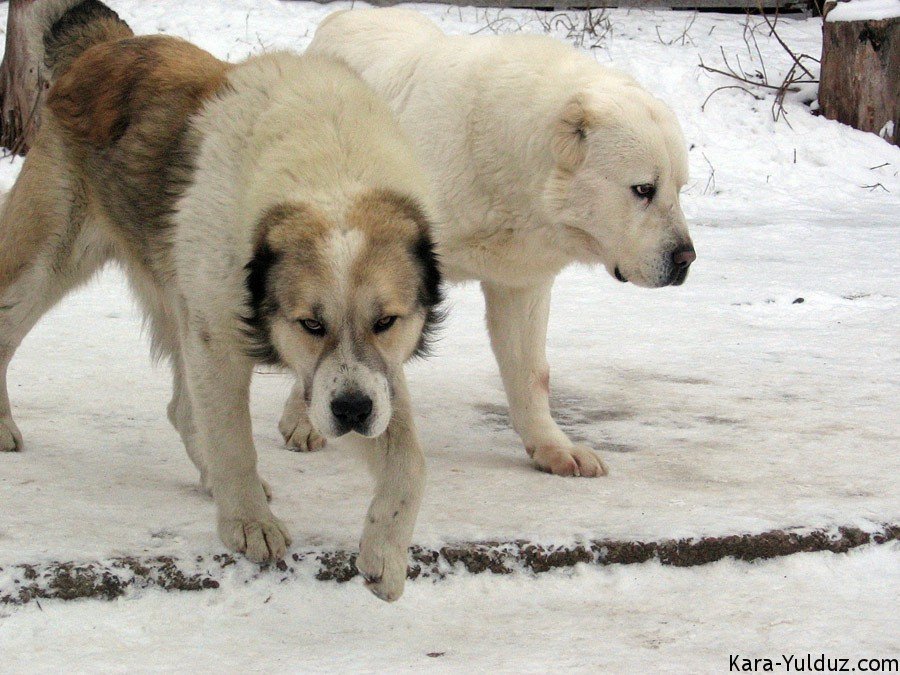
One of the oldest livestock guardian breeds, the Central Asian Shepherd Dog has been guarding flocks for thousands of years, and these highly independent dogs are known for their resilience and ability to thrive in harsh conditions, with their fearless nature and strong protective instincts making them one of the best choices for livestock protection. The Alabai, also known as the Central Asian Shepherd Dog, is a large and powerful breed known for its strength, loyalty, and protective nature, with a well-muscled body, strong bones, and a broad head that exudes an aura of sheer power.
They have been used in Central Asia for centuries as livestock guardians, protecting livestock from predators such as wolves and bears. These dogs don’t just guard – they patrol like professional security officers, constantly scanning their territory for threats. Their thick double coat helps them survive in some of the harshest climates on Earth, from scorching deserts to frozen steppes.
Akbash – The Turkish Speed Demon
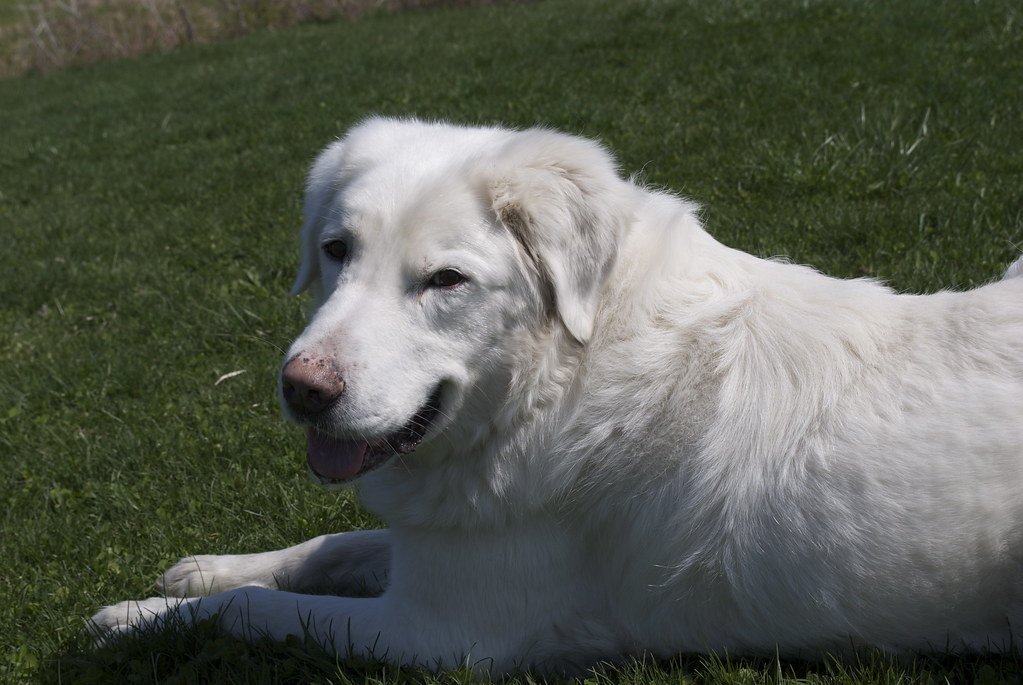
Lean, fast, and fiercely loyal, the Akbash is a guardian dog breed from Turkey, developed specifically for protecting livestock against wolves, bears, and even human threats. Unlike bulkier LGD breeds, the Akbash is agile and fast, capable of covering vast terrain effortlessly. Think of them as the special forces of livestock guardian dogs – they’re not the biggest, but they’re definitely among the most effective.
What makes Akbash dogs particularly dangerous to predators is their speed and agility combined with their protective instincts. They can chase down threats that other, bulkier dogs might not catch. These independent thinkers rely on their judgment rather than human commands, which is great for shepherd dogs in remote areas, but they require early training to ensure they respect boundaries.
Spanish Mastiff – The Iberian Wall
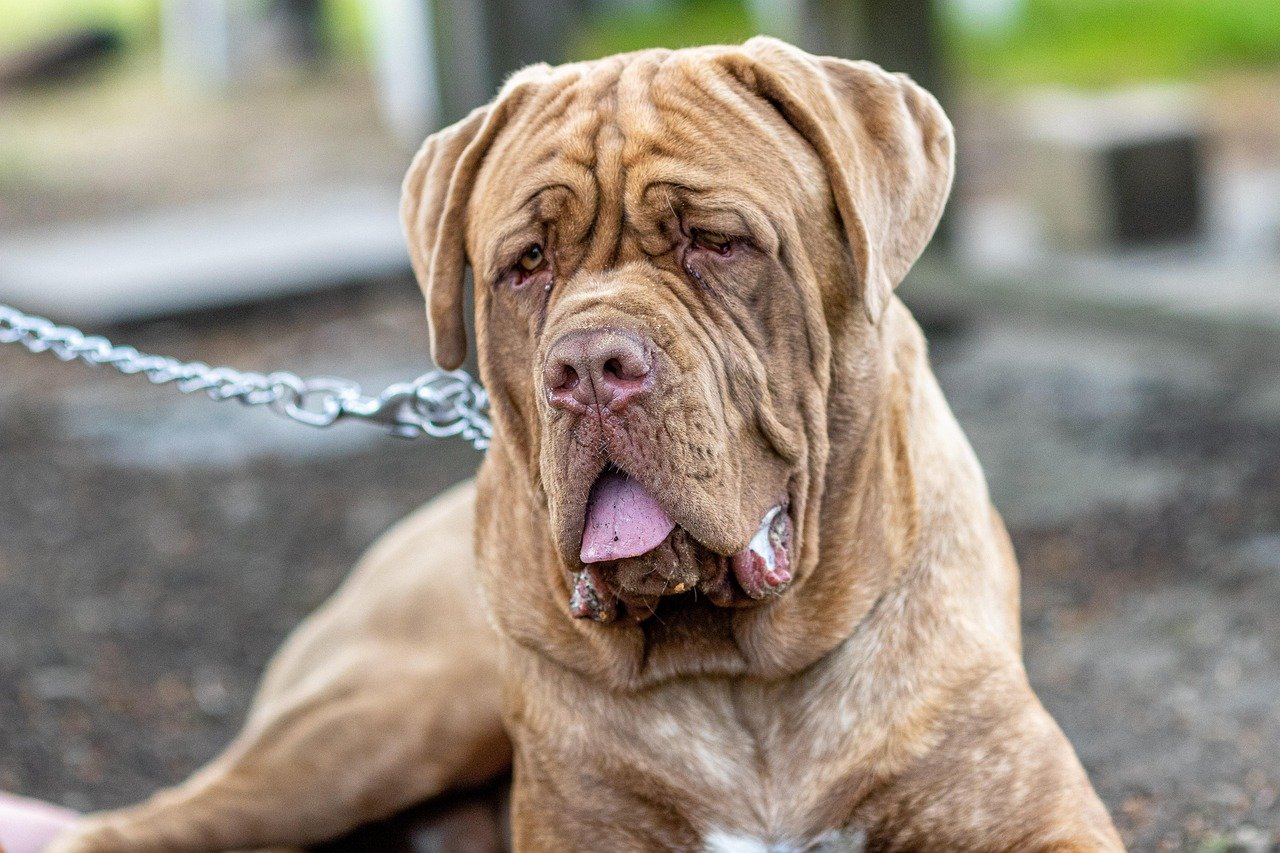
The Spanish Mastiff is another giant guardian dog breed known for its protective instincts and calm demeanor, traditionally used to protect sheep from wolves in Spain, and this breed is both strong and gentle with its flock, with their imposing size making them highly effective at deterring predators. These dogs understand the difference between being intimidating and being aggressive – they’re masters of psychological warfare.
Spanish Mastiffs have this incredible ability to assess threats and respond accordingly. They won’t waste energy on small nuisances, but when a real threat appears, they transform from gentle giants into formidable guardians. Their calm temperament around their flock makes them ideal for mixed farming operations where they need to protect various types of livestock without causing stress to the animals.
Karelian Bear Dog – The Finnish Bear Specialist

Traditionally used as bear and moose hunting dogs in Finnish Lapland, Karelian Bear Dogs’ ursine-keen breeding make them an effective tool for hazing and holding grizzly bears. KBDs will engage grizzly or black bears and bark or “bay” to flush them from cover or hold them in a location while keeping a safe distance, and “KBDs don’t hunt with you, they hunt for you”.
What makes Karelian Bear Dogs unique is their specialized training and instincts. These dogs work best in teams, with one usually engaging while the other stays with family, but if they feel there is less of a threat to people, then both will engage. They’re like the Navy SEALs of the dog world – small, fierce, and incredibly specialized in taking down specific threats.
Airedale Terrier – The Unexpected Warrior
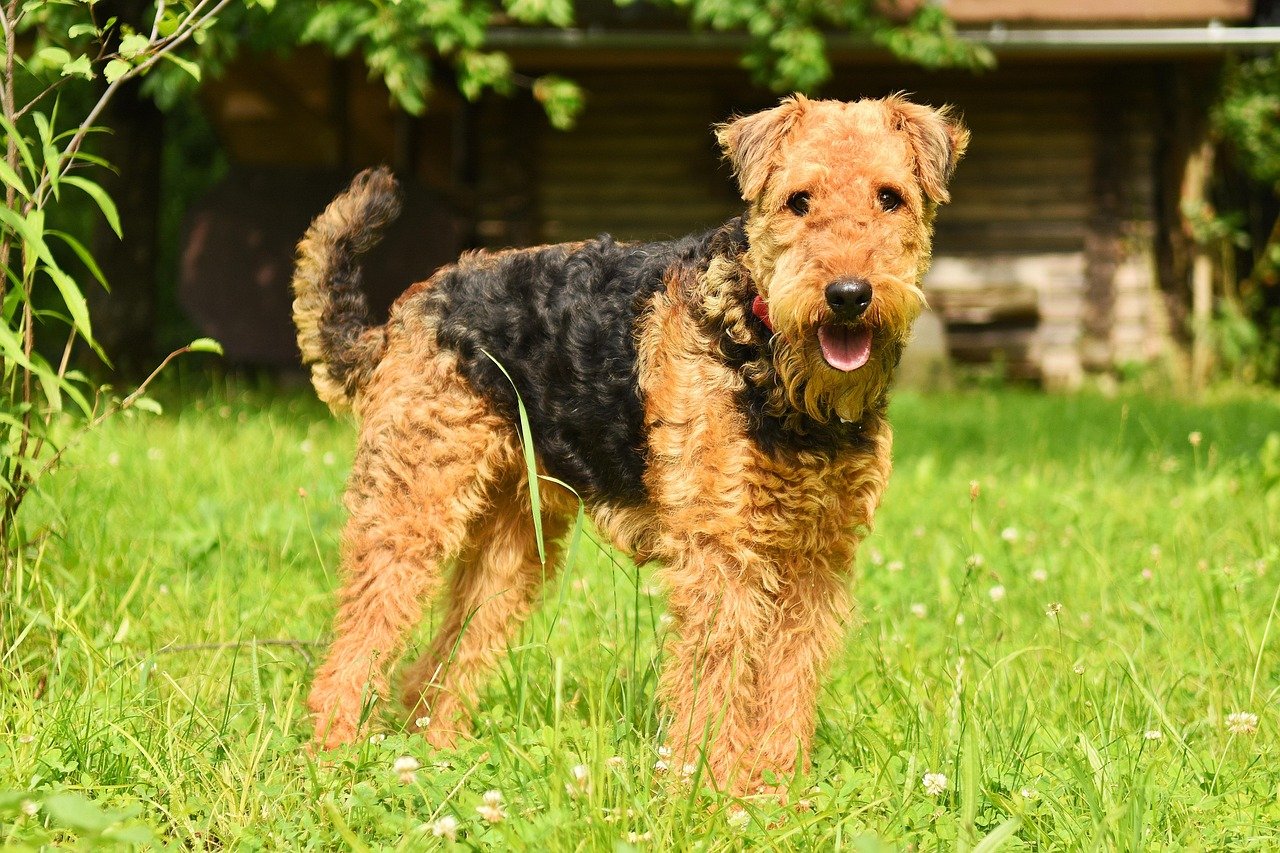
Now this might surprise you. Hertel uses the versatile black and tan 80-pound breed as a safety-net while hunting in dense grizzly bear country, and to protect the many broiler chickens, small livestock and cattle close to the ranch house. “These dogs are out all night long, which I can’t really do myself. They know to run off any bears”.
In addition to their bear and mountain lion chasing prowess, KBDs and Airedale terriers are good family dogs, making them well suited to support smaller ranching and farming operations that need an all-purpose utility dog to protect human safety and livestock around the farmstead. Don’t underestimate these smaller guardians – sometimes the most effective protector is the one nobody sees coming.
The Science Behind Their Courage
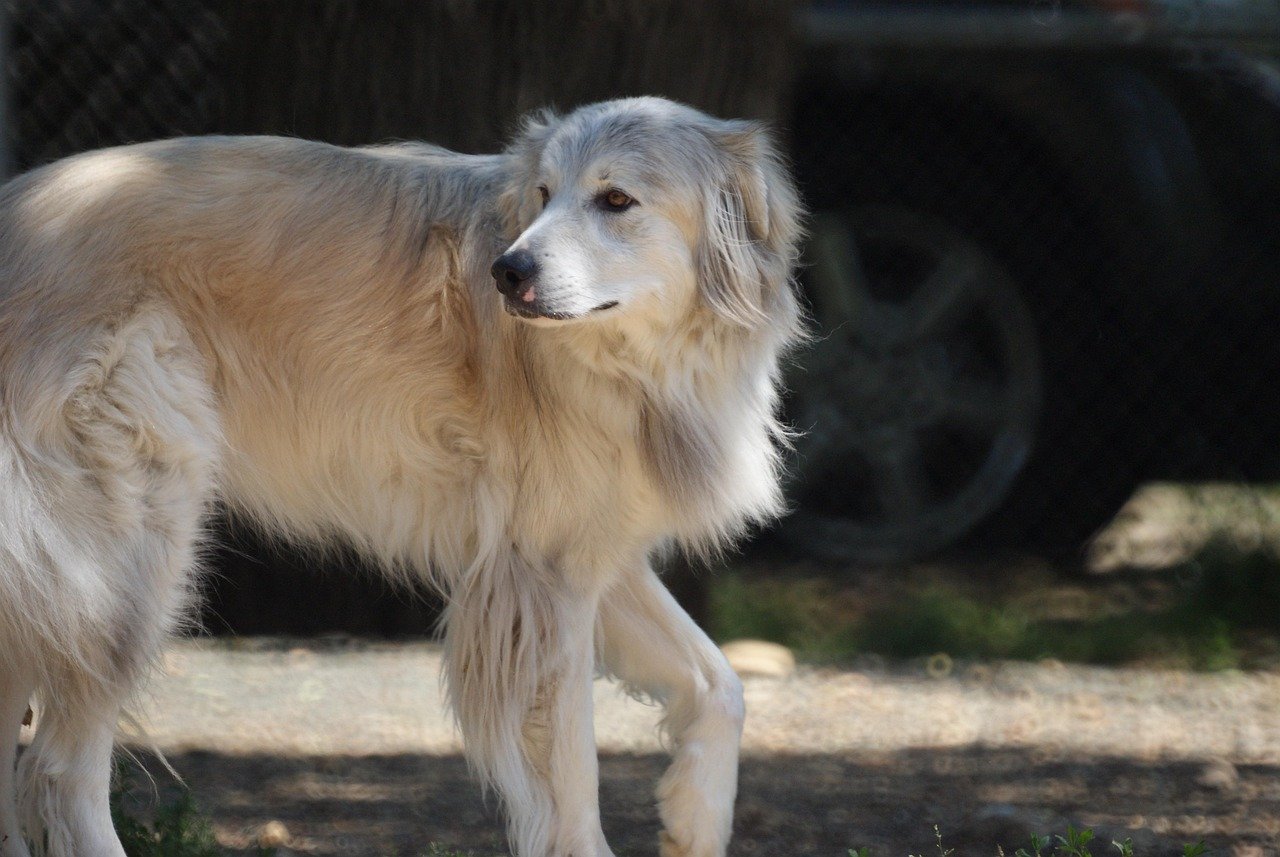
While LGDs have been known to fight to the death with predators, in most cases, predator attacks are prevented by a display of aggressiveness, and LGDs are known to drive off predators for which physically they would be no match, such as bears and even lions. Studies have shown that livestock guardian dogs can significantly reduce predator encounters – that’s a serious drop in close encounters, with barking, scent, and dog presence often sending bears packing before any real danger develops, with no shootouts, no injuries – just a smart, instinct-driven deterrent.
The real magic happens in their psychological impact on predators. The mere presence of a guardian dog is usually enough to ward off some predators, and LGDs confront predators by vocal intimidation, barking, and displaying very aggressive behavior, with the dog attacking or fighting with a predator only if it cannot drive it away. It’s not about winning fights – it’s about preventing them entirely.
What’s truly amazing is how these incredible dogs balance their fierce protective instincts with gentleness toward their families. In all farms where, in the absence of dogs, up to two hundred attacks of wolves per year happened, not a single sheep was lost under the protection of LGDs, and at the same time, none of the predators protected by law got killed: the dogs simply did not allow them to approach the herd.
These aren’t just pets – they’re partners in survival, shaped by thousands of years of evolution and selective breeding to be the ultimate guardians. Whether facing down a grizzly bear in Alaska or deterring wolves in the mountains of Turkey, these remarkable dogs prove that courage doesn’t always come in human form. Did you expect such incredible bravery could come wrapped in fur and wagging tails?
Jen is a passionate nature lover and ocean conservationist. She has dedicated her life to protecting the environment and preserving the beauty of the natural world. Growing up in a small coastal town, Jen sincerely appreciated the ocean and its inhabitants. She has spent countless hours exploring the shoreline, learning about the creatures that inhabit the waters, and advocating for their protection. Jen is an active member of ocean conservation organizations, and she is committed to educating the public about the importance of conserving wildlife and the natural environment.






